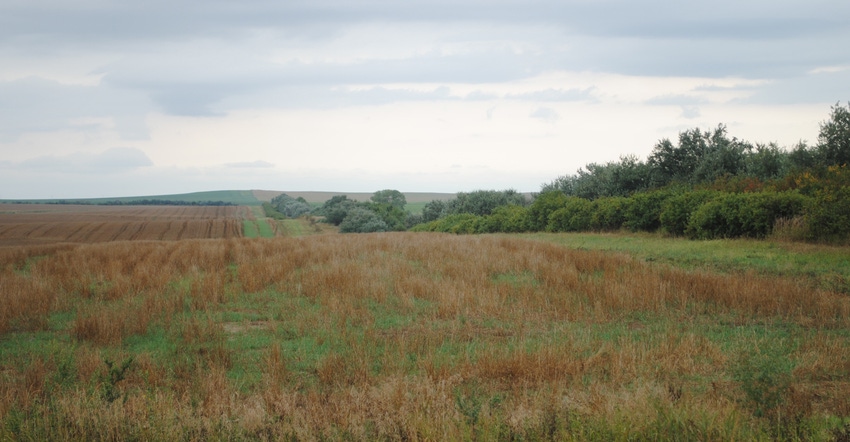
For those who are knowledgeable about the children's "Little House on the Prairie" series of books by Laura Ingalls Wilder, you may recall how Laura's future husband, Almanzo Wilder, filed for a quarter section of land near DeSmet, S.D., under the Homestead Act.
Then, in 1879, six years before he and Laura Ingalls were married, Almanzo filed for another quarter section under the Timber Culture Act as what they called a "tree claim." This was a big deal. The Timber Culture Act, authored by U.S. Sen. Phineas W. Hitchcock of Nebraska, was enacted in 1873 and modified several times after that.
Under the legislation, timber claims could be filed on 160 acres. Originally, 40 acres of trees were required to be planted and kept up on the claims, but that later was reduced to 10 acres.
At the end of a specified period of as many as 13 years, the claimant had to prove through an affidavit or timber culture proof by the claimant and two witnesses that not less than 675 trees were still living on the parcel. If this proof was acceptable, the quarter section was certified, and patents were issued for the claimant.
The aim was to promote tree planting. Millions of trees were planted under the act, but a majority perished because of lack of rain and care. In Nebraska, 8.87 million acres were entered as tree claims, but only 2.45 million acres were proven and certified.
By 1880 in Minnesota, more than a million acres were claimed under the act, with about 25,000 acres of trees being planted. By the time the act was repealed, Minnesotans had patented more than 400,000 acres of land, or about 40% of the acres originally claimed in the state.
In northern Dakota Territory, nearly 9,700 tree claims received a title. In all states and territories, only about 20% of homesteaders on average proved up on their tree claims.
Wilder, too, found it difficult to grow trees. In the manuscript of the book, "First Four Years," which was published after her death, Laura wrote that nearly all the trees they planted on their claim died. It was too late to replant, because there was no way they could prove on their claim. In the end, Almanzo filed an intent to pre-empt his land in 1888, purchasing the claim outright in 1890 for $200.
Some historians would say that the Timber Culture Act was a complete failure, noting that it was repealed in 1891. There were too many loopholes, allowing fraudulent claims to be filed on claims where trees were never planted. The dry prairie climate did not bode well for trees in those years, and trees were not always planted properly and did not receive proper care.
I understand that it was not necessarily a success in the way that Hitchcock had hoped, but the legislation paved the way for other tree planting programs that would evolve over the following decades. The Clarke-McNary Act, passed in 1924, allowed USDA to work with private landowners on reforestation efforts, broadening cooperative programs to distribute seedlings and provide technical assistance to farmers.
Then, in 1934, President Franklin D. Roosevelt's massive New Deal included the Prairie State Forestry Project. An Austrian pine was the first tree planted under the new program on a farm near Willow, Okla. By 1942, 220 million trees had been planted under what was known as the Shelterbelt Program, and many of those windbreaks still exist.
Also, the tree experiment that started with the Timber Culture Act proved that rain did not necessarily follow tree planting, as had been thought when the legislation was enacted. Many tree claimants, such as Wilder, were able to pay cash for the tree claims that wouldn't grow a tree.
And, the legislation laid the groundwork for future tree planting efforts that would be successful beginning in the Dust Bowl years and beyond.
About the Author(s)
You May Also Like






